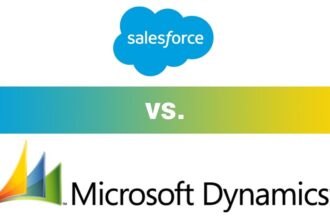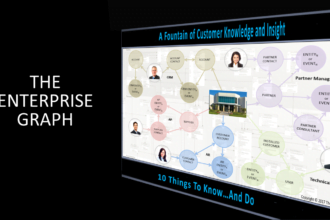If you want your fleet to operate in the safest and most efficient manner possible, you can’t afford to take a 100 percent manual approach. You need to automate and streamline with fleet maintenance software. The question is, how do you choose the right option?
Do You Need Fleet Maintenance Software?
Fleet maintenance software is a next-level management application that companies use to streamline the responsibility of maintaining fleet vehicles. Every fleet maintenance software solution is slightly unique, but they all focus on reducing the overall cost of managing vehicles through strategic preventive maintenance. Common features include vehicle maintenance recommendations, telematics, tracking, vehicle diagnostics, fuel management, vehicle mileage auditing, and fleet driver management.
Not every fleet needs fleet maintenance software. However, as you add more vehicles and more drivers, it should certainly be something you consider. The proper software helps the fleet manager automate time-consuming tasks like work order management, preventive maintenance scheduling, safety and compliance standards, scheduling, benchmarking labor with codified standard repairs, and auditing work completed.
Tips for Choosing Fleet Maintenance Software
There are dozens of fleet maintenance solutions on the market. As you search for the perfect option for your business, there are a few factors to consider. Here are some tips:
1. Ease of Use
How intuitive is the software? Does it simplify processes, or does it confuse your team to the point of becoming a deterrent?
There are plenty of fleet maintenance systems with robust features. However, this doesn’t mean anything if the software isn’t easy to use. This is why we recommend trying a demo of the product before making any significant investment. This will help you get a feel for how it works.
2. Features
You’ll find that most fleet maintenance solutions have very thorough preventive maintenance features. But it’s important to look beyond basic maintenance components and to also consider additional features like warranty capture and third-party integration.
Software platforms like Cetaris prioritize these components. They make it easy to increase warranty reimbursements through better tracking. This includes features like reporting on missed warranties, tracking failure patterns, tracking chronic repairs, and expediting supplier payments.
As far as third-party integration, they work with other mission-critical systems like ERP and telematics to make sure all key applications communicate the right information. After all, the last thing you want is to have a fleet maintenance system that’s incapable of sending or receiving data from the rest of your organization’s technology stack.
3. Cost
Cost is not the most critical issue, but it is an important one. You should certainly set a budget and stick with it during the process.
When it comes to analyzing cost, make sure you’re looking at both sides of the coin. In other words, it’s not just the amount it costs you per month. You also have to think about how much it’s potentially saving you. Look at these numbers in unison to properly determine how much you’re willing to spend.
4. Mobility
Today’s technology is mobile. Any fleet management process that you’re tracking manually and/or with paper is a process that’s holding you back from being as efficient as you otherwise could be. Your fleet maintenance software should empower you to collaborate remotely with ease.
Mobile-first fleet management software helps you stay connected to both your drivers, assets, and parts. It frees up lines of communication and simplifies things to the point that most of your management is hands-off.
5. Scalability
When vetting fleet maintenance software, think about it in terms of where you’ll be in 12 to 36 months. Because while you might have 100 vehicles right now, it’s possible that you could have 200 or 300 by then. And the last thing you want is to be forced to change systems just because your current software doesn’t have the ability to manage this many vehicles efficiently. This is why it’s so important to keep scalability in mind.
Making the Right Selection for Your Business
As you think about ways to improve efficiency, lower costs, and streamline your approach to managing your fleet, make sure you’re doing your due diligence on fleet maintenance software. There are plenty of options on the market, but only a few are worth your consideration. Use these tips to zero in on the right fit.









